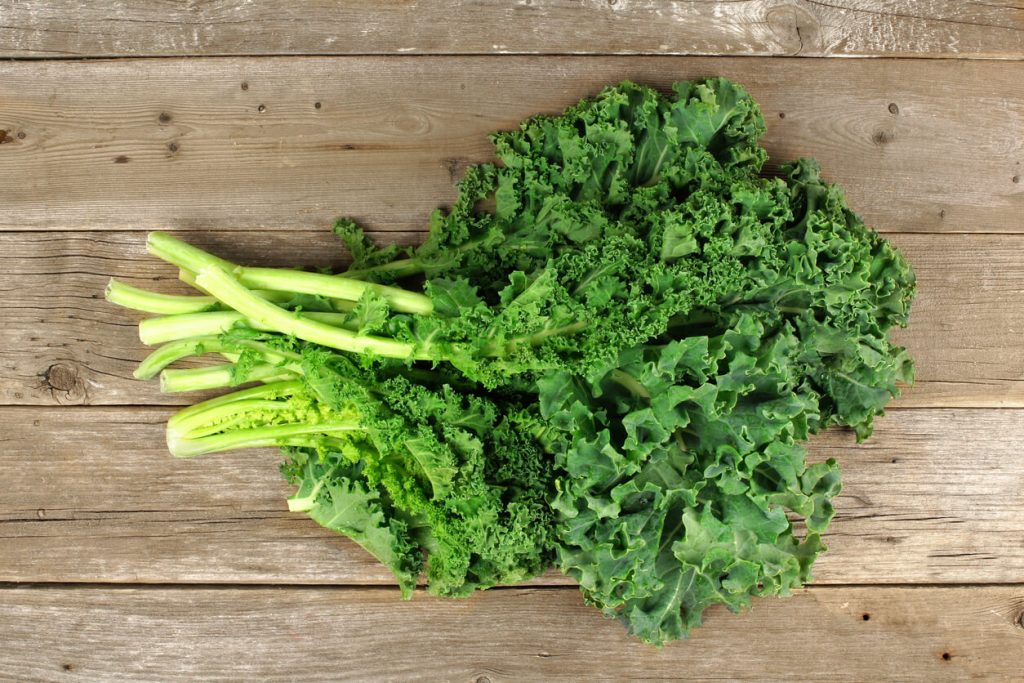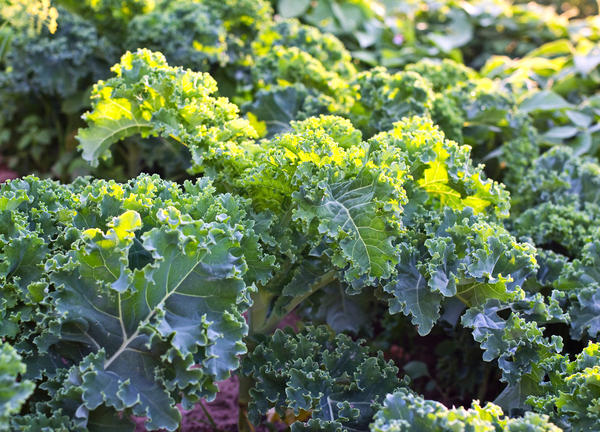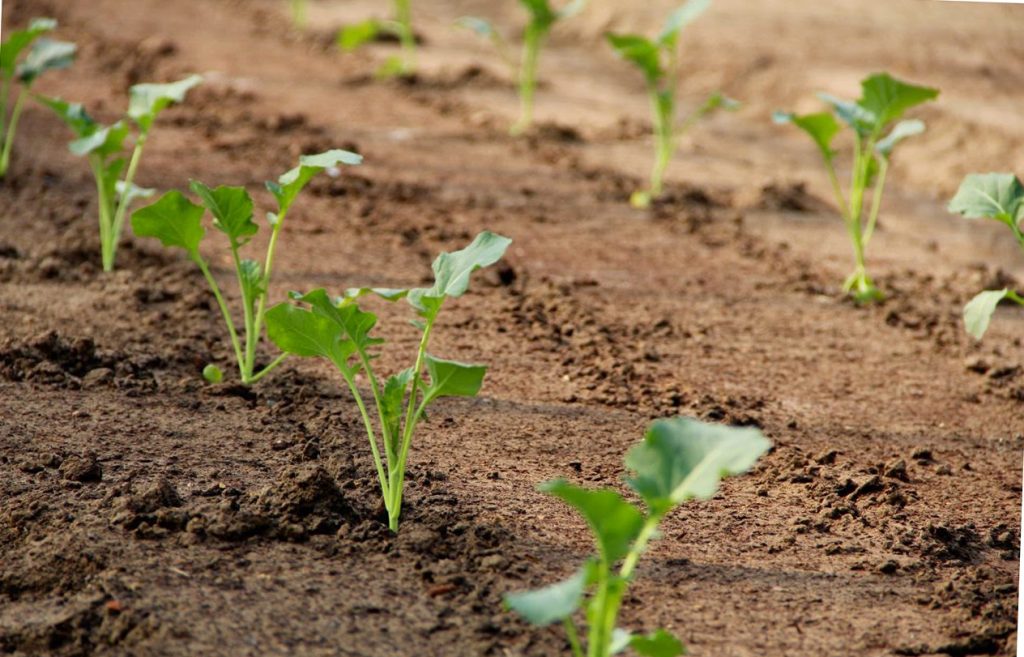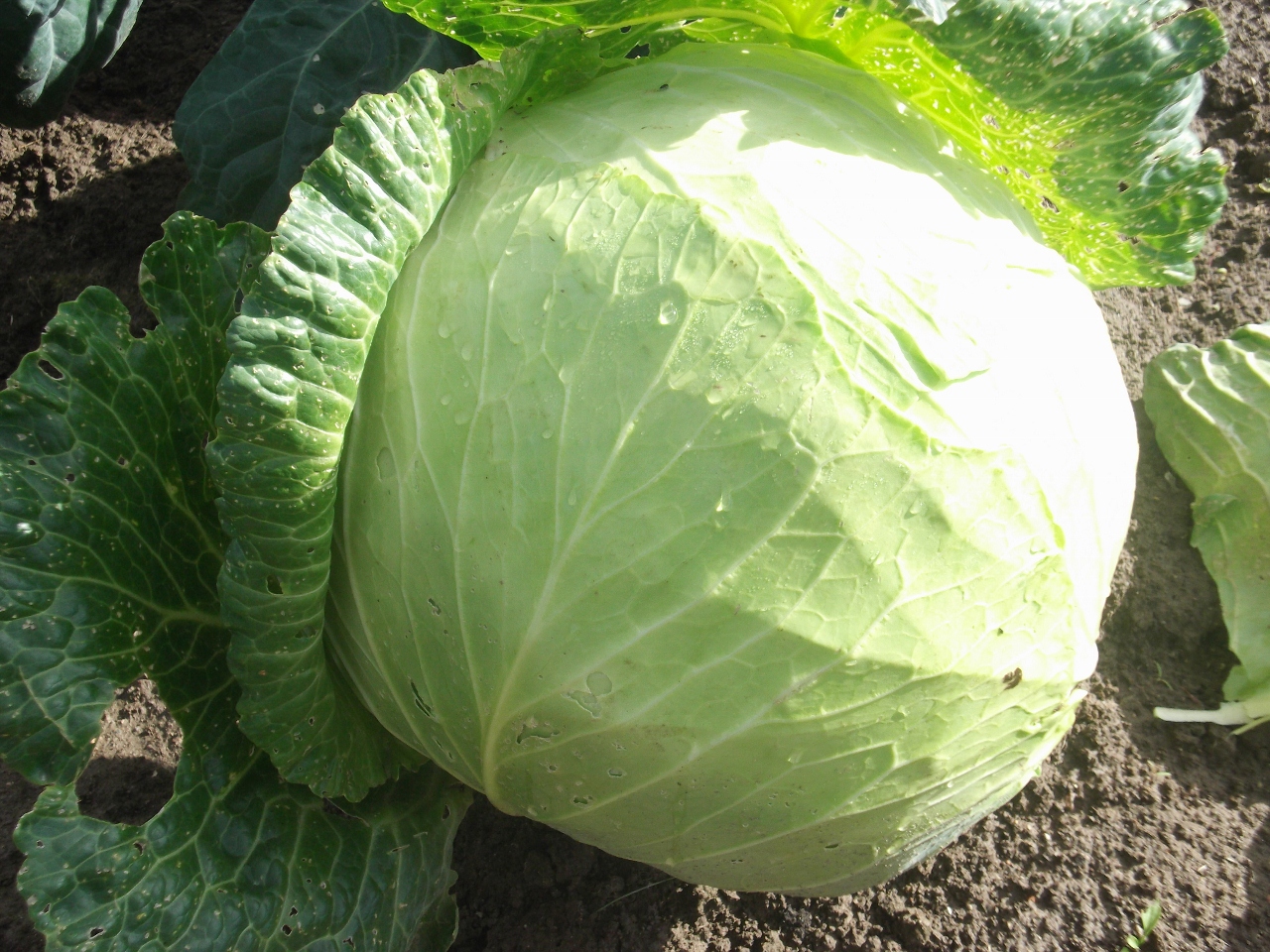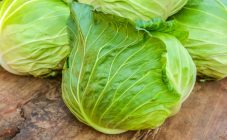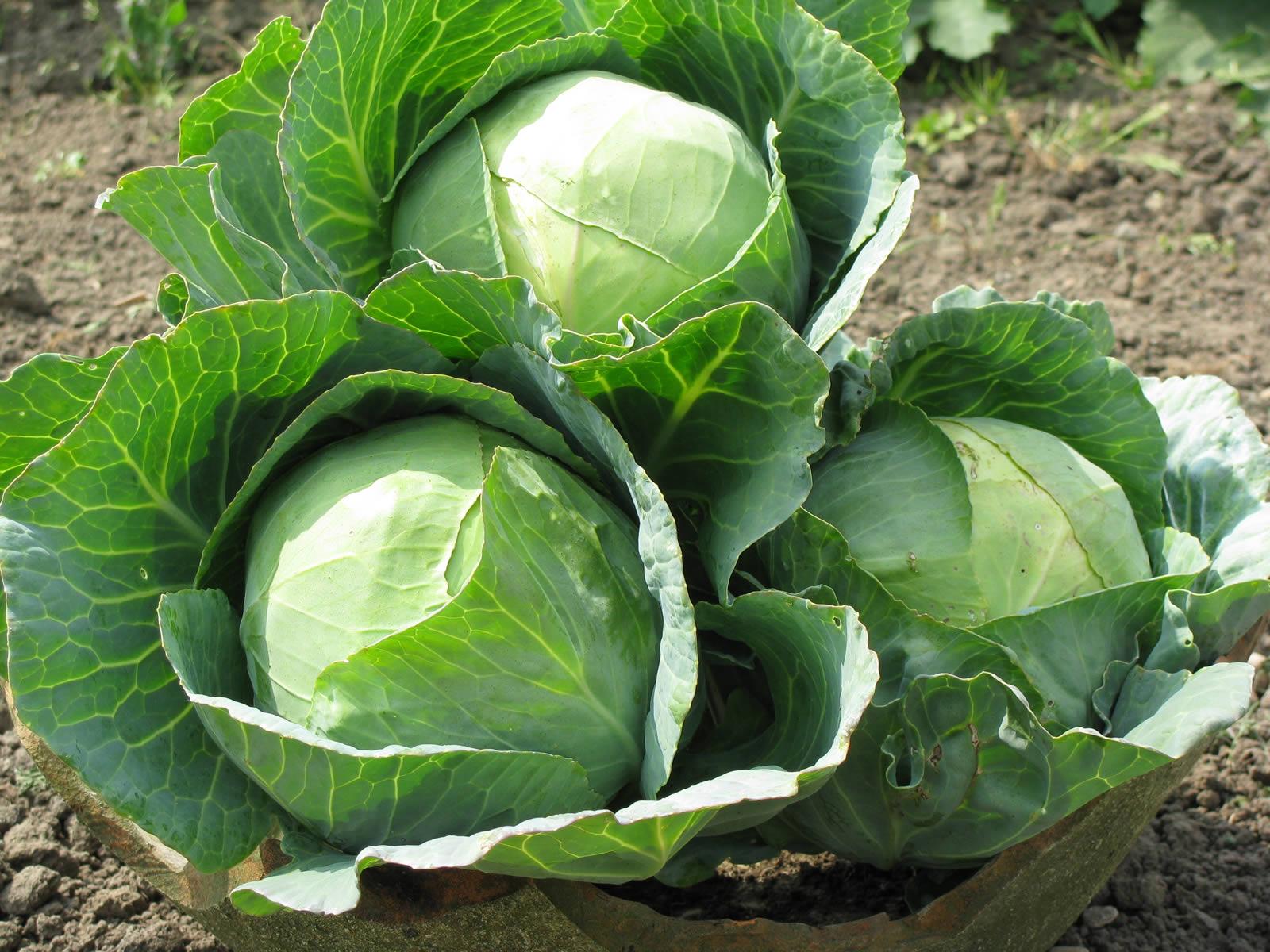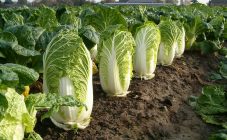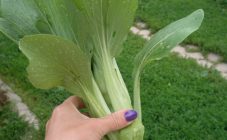Collard greens are grown in garden plots most often for ornamental purposes. There are a large number of hybrids that are food grade. To get a good harvest, you must follow the rules of agricultural technology.
Description of kale
Gardeners are attracted by curly cabbage not only for its decorative appearance, but also for its high content of vitamins and useful microelements. The vegetable contains: calcium, ascorbic acid, omega-3 amino acid and others.
Collard greens, what is it, characteristic:
- Collard greens are also called curly, browncol, gruncola cabbage;
- A distinctive feature of kale is that it does not form a head of cabbage. The vegetable consists of a loose rosette of leaves;
- The rosette grows from 30 to 90 cm in height. The diameter of an adult plant can vary from 50 cm to 100 cm;
- The leaf blade is thin in structure, but fleshy and juicy. The edges of the leaves are corrugated, like a fringe;
- The plant is biennial. In the first year, leaves are formed, in the second year, the vegetable begins to bloom;
- The color scheme of the leaves depends on the variety. It is green, red, burgundy, brown, purple. American cabbage is used as an ornamental plant;
- The plant is able to withstand small frosts, but with strong temperature changes and a decrease to -15 degrees, it slows down in growth and dies. Leaves that have been exposed to the cold grow even tastier;
- The culture is resistant to disease. Collard greens hardly get sick with cabbage fly;
- The leaves are slightly bitter to taste, reminiscent of radishes. So that they do not taste bitter, they are frozen or dipped in boiling water;
- The calorie content of cabbage is 50 kcal per 100 g. The product is often included in diet menus and healthy food.
The vegetable is used fresh. Garnishes are prepared from the leaves. The stewed leaves are most often served with rice. It is not recommended to fry collard greens in butter, the taste of the dish becomes sulfurous and unpleasant.
Popular varieties
Breeders have developed kale hybrids that differ in appearance, ripening time, taste, and resistance to weather and disease.
Plants are divided into several types:
- Low (up to 20 cm in height);
- Medium (up to 110 cm);
- Tall (height - more than 2 m).
Each type has its own advantages. The most prolific are the tall varieties. Low-growing hybrids are considered resistant to temperature changes and can bear fruit until October.
Common varieties of kale:
- Kale (Kale)... The variety can be used for decorative purposes as well as for consumption. Kale is an annual plant, the height of the rosette is up to 80 cm. The color of the leaves can be dark red, purple or green. Cabbage is demanding for heat and light. The variety is planted in open ground with ready-made seedlings. It is permissible to sow seeds on the garden bed. Cabbage ripens 70-75 days after sprouting. The variety is appreciated for its high content of vitamins C and K, amino acids;
- Curly cabbage Redbor F1. Dutch kale. The height of the rosette is 75-80 cm. The leaves are wavy with a slight fringe at the edges, crimson or dark purple in color. The hybrid is high yielding, frost and disease resistant. Redborough cabbage is a biennial plant that begins to bloom in the second season after planting. The taste of the leaves is delicate and juicy. The vegetable is the leader in protein content;
- Cabbage Reflex F1... Medium late kale. An adult plant grows up to 80 cm in height. The leaves are grayish-green, the edges are highly corrugated. The hybrid tolerates temperatures as low as -18 degrees. With light frosts, the leaves become crisper, the bitter taste disappears. Reflex is added as a side dish to meat, chicken and fish. The vegetable contains: calcium, potassium, phosphorus, sulfur and other trace elements and vitamins;
- Black Tuscany... A low-growing plant with a spreading, loose rosette. The leaves are large, rich green. In appearance, Tuscany cabbage resembles savoy cabbage. The crop can be harvested from early June to mid-November. The vegetable is well suited for stewing, marinade, frying;
- Tintoretto cabbage... A plant with a low rosette. Corrugated cabbage leaves, lacy. The variety ripens in 100-110 days. Differs in high productivity. The hybrid can withstand temperature drops up to -16 degrees;
- Cabbage Cadet... A medium late variety, the height of the rosette reaches 80 cm. The hybrid is unpretentious to the composition of the soil, it is considered high-yielding;
- Scarlett... Cabbage with large leaves, rich green color. After the first frost, the color changes to dark purple. The plant will grow up to 50 cm tall. The vegetable is rich in vitamins A and C.
Agricultural rules
Curly cabbage grows well and develops in a well-lit, well-heated and ventilated place. The best predecessors for culture would be:
- Potatoes;
- Carrot;
- Cucumbers;
- Peas, beans;
- Tomatoes;
- Pepper;
- Zucchini.
It is recommended to prepare a plot for browncolic cabbage in the fall. The land must be fertilized with manure or humus. You can additionally add potassium fertilizer (20 g) or superphosphate (50 g).
Collard greens are preferable to grow in seedlings. Seedlings can be planted in the ground 35-45 days after the first shoots appear.
To plant seeds, you will need to prepare a nutritious soil mixture. You can buy a multi-purpose primer at any garden store or make it yourself. The humus should be mixed with turf, river sand or perlite should be added. Add the ingredients in a 1: 1: 1 ratio. To prevent fungal diseases, crushed chalk (15 g per 5 liters of soil) or activated carbon must be added to the nutrient soil.
The prepared soil must be disinfected. Simple disinfection methods:
- Pour boiling water into the ground;
- Warm up the earth in the oven;
- Freeze;
- Pour manganese solution into the ground.
Seed preparation for planting:
- Discard non-viable seeds. Put the planting material on a light-colored cloth, remove all small and uneven change;
- Fill the seeds with water, the "empty" seeds will float to the surface. They must be thrown out;
- Disinfection of seeds. Place the seeds in warm water (45 degrees) for 25 minutes, then dip them in cold water for 3 minutes. Seed treatment is best done in a biofungicide solution. After the planting material is washed in clean water and dried;
- In order for the seeds to sprout faster, they are pre-germinated. To do this, they are placed in a solution of any biostimulant (Epin, Zircon) for 12 hours.
Recommendations for planting seeds:
- Moisten the substrate in the pots;
- Seeds prepared in advance are placed in separate containers to a depth of 1 cm. 2-3 seeds can be planted in each glass;
- Cover the cups with foil or glass to create a greenhouse effect, put all the pots in a warm, dark place until the first shoots appear. The optimal temperature regime is 25 degrees;
- After sprouting, the pots are placed in a well-lit place, the room temperature can be lowered to 16 degrees;
- Constantly monitor substrate moisture and lighting. If there is a lack of light, it is necessary to put phytolamps;
- After the appearance of the second true leaflet, the seedlings must be fed with mineral nitrogen-containing fertilizers (3 g per 1 liter of water);
- Before planting seedlings in open ground, it must be hardened for 2 weeks. It is advisable to carry out the procedure in the fresh air. Seedlings are exposed to the street for several hours, the period of stay in the open air is gradually increased. Seasoned seedlings quickly adapt to their new home in the garden.
It is important not to overexpose the seedlings in pots, but plant them in the garden on time. The optimum seedling height is 12-14 cm, on the stem there are 4-5 true leaves. Overgrown seedlings begin to curl upward, stretch out and become unsuitable for planting on the site.
When planting on a garden bed, it is necessary to maintain an interval between seedlings of 50-60 cm. To save the area of the garden plot, experienced gardeners plant seedlings in a checkerboard pattern. The planting depth of seedlings depends on the type of soil. In heavy clay soils, the plant is buried by 10 cm; in light sandy soils, it can be deepened up to 16 cm.
Before planting, the holes for seedlings are watered abundantly. During the first days, it is important to water the seedlings regularly and make sure that direct sunlight does not fall on the young leaves. On sunny days, the first week, the cabbage bed is shaded with dry branches or a special shelter.
Harvesting
Kale is harvested throughout the growing season. Fresh leaves can be eaten immediately. You need to cut off the foliage little by little. The rosette is completely cut off at the end of the season.
Cabbage leaves are poorly kept fresh. To preserve the nutritional and vitamin properties, the vegetable is frozen. The leaves are pre-washed and dried on a paper towel. Place each sheet on a baking sheet and place it on the shock freezer shelf for 5 minutes. Arrange the frozen leaves in bags, close them and send them to the freezer. The vitamins and flavor of kale can be stored frozen for up to 6 months.
Gardeners love kale for its unpretentiousness to weather conditions, ease of care and a good harvest of tasty leaves. It can be used to decorate the garden area. A variety of varieties with openwork leaves in a wide range of colors allow you to choose the hybrid you like the most for the garden.
